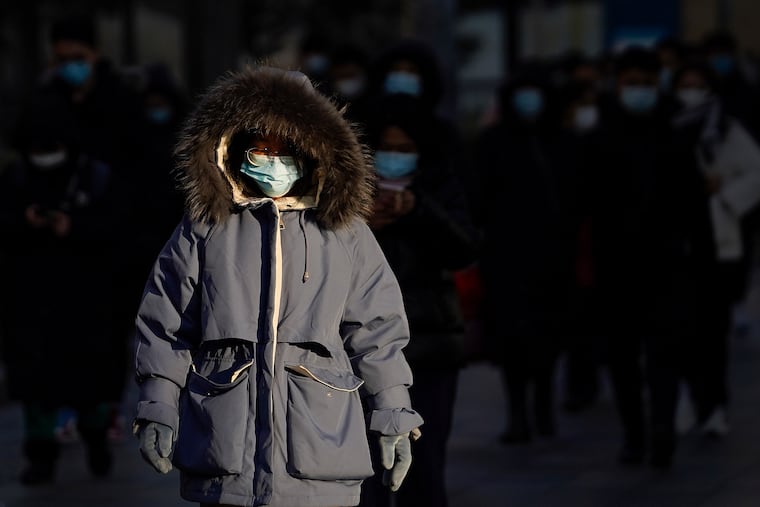How masks are changing our interactions and the way we communicate with others | Expert Opinion
As we now spend our days with most of our faces covered, it has become more challenging to correctly interpret the expressions or the intentions of others.

One recent afternoon as I was driving to work, I came to an intersection where I made eye contact with an older man who was about to walk across the street. We both motioned each other to go ahead.
Then, of course, as these things go, we began to move at the same time, needing to come to an awkward halt moments later.
What happened next, however, was rather unexpected. He began to approach my car.
I could only see his eyes above the mask, which appeared angry. I felt threatened as he continued to walk closer.
By the time I could finally make out what he was saying he was only a few feet away from my window.
He said, “I just wanted to say I’m sorry about the miscommunication. Have a good day.”
His eyes no longer showed anger, but rather warmth and assertiveness. I felt foolish for having felt threatened. He continued his way.
This reminded me of a similar experience I had while working at the hospital a few nights prior.
I was taking care of a patient whose dressings needed to be changed, which can be time-consuming and painful for the patient. As I worked on the dressing, I smiled and asked him how he was doing in hopes of putting him at ease and taking his mind off the uncomfortable procedure.
His response rather starkly contrasted my intentions.
“Why do you think this situation is funny? Do you think I’m too dumb to understand what’s going on?”
» READ MORE: Yes, you should smile behind your mask. Here’s why.
Embarrassed and rather surprised, I quickly denied that I was having funny or patronizing thoughts. But by then, it was too late to erase his first impression. Anything more I said was perceived as further derision. I finished my task in silence and left the room.
At first, I thought these experiences were simply common misunderstandings, but I wonder if these may not be coincidences.
As we now spend our days with most of our faces covered, it has become more challenging to correctly interpret the expressions or the intentions of others.
Normally, when we can show our whole faces there is little left to assume on the part of the observer, as our facial expressions convey subtle differences in emotions: passion vs. anger, levity vs. condescension.
However, now, as the bottom half of the canvas is obscured by fabric, the responsibility for communicating our emotions and intentions correctly has become shared. Our eyes can show only so much. We can only hope what we display on our faces is interpreted correctly by others.
» READ MORE: Zoom, masks lead to increase in demand for plastic surgery during pandemic
While in many ways this is one of many cumbersome realities we face during the pandemic, I wonder if it can also serve as an opportunity to strive to see the best intentions in others.
In imagining what lies underneath the masks, we have a choice. We can choose to interpret others’ intentions defensively — with fear — which is an easy default to fall into during the pandemic, or openly — with kindness and trust.
I certainly hope the next time a person approaches me on the street, I will not automatically fear confrontation, that I will not assume anger in their eyes. Just as I hope the next time I smile at a patient, he or she will see it for what it is.
Jason Han is a cardiac surgery resident in Philadelphia.